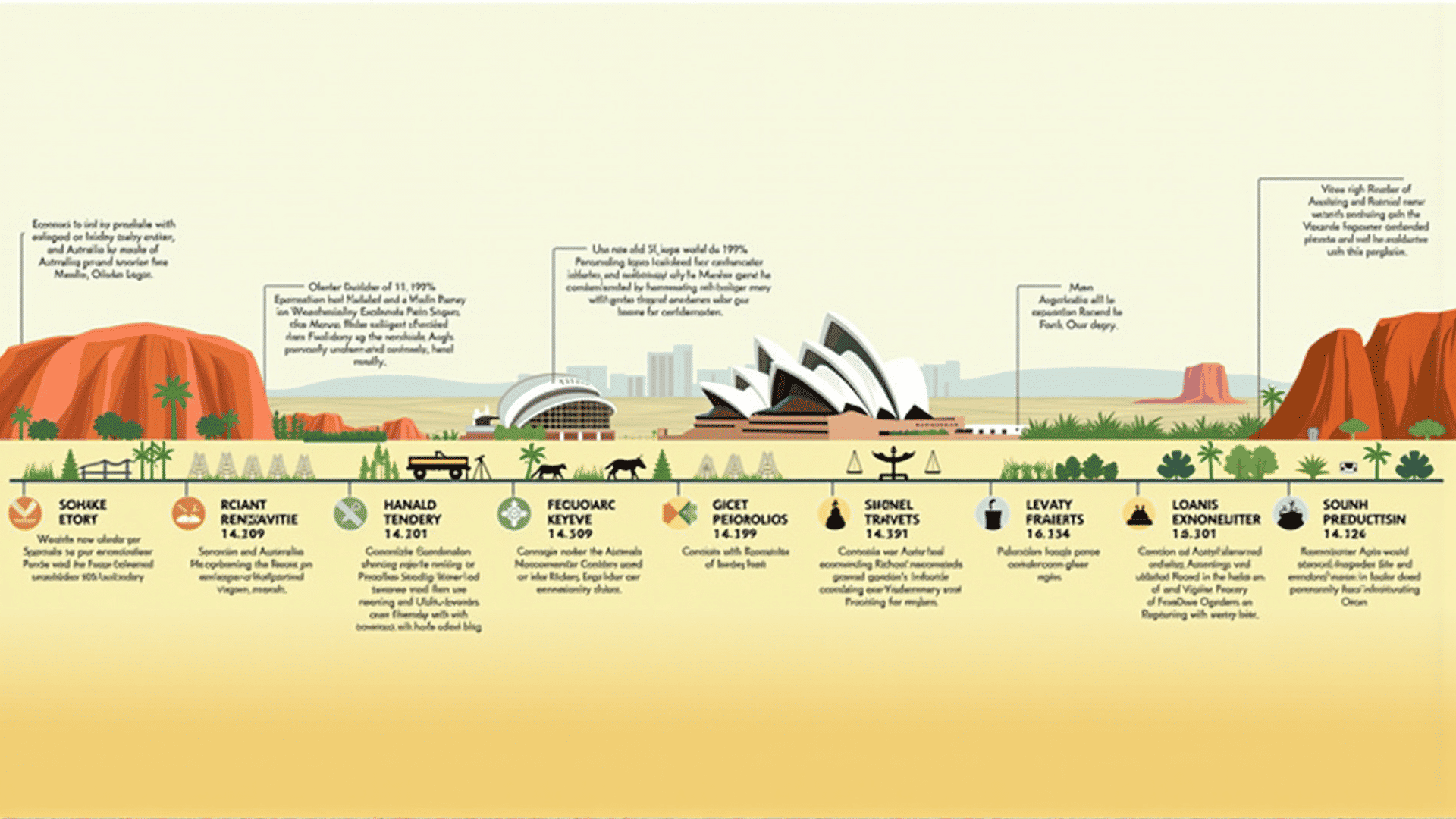Australia's economic journey is a rich tapestry woven from significant historical events and strategic policy decisions. Over the years, the nation has evolved from a largely agricultural society to a robust, services-oriented economy, becoming a model of modern economic accomplishment.
In the 19th century, Australia was propelled by the gold rushes, which not only boosted population growth but also laid the groundwork for its infrastructure and urban development. The influx of people and wealth contributed significantly to the country's early economic structures.
As the 20th century dawned, Australia faced the challenges of entrenching its economy beyond primary industries. The emergence of manufacturing industries became essential, especially during the post-World War II era, which was marked by industrial expansion and modernization. This shift was crucial in diversifying the national economy and reducing reliance on agriculture and mining.
The economic landscape of Australia further transformed with the implementation of structural reform policies in the 1980s and 1990s. These policies, which included deregulation, trade liberalization, and privatization of government entities, were critical in fostering a more competitive and resilient economic environment. The floating of the Australian dollar in 1983 stands out as a pivotal move towards integration with the global economy, enhancing both adaptability and economic health.
Australia’s strategic geographic position has also played a substantial role in its economic progression, particularly through its engagement with the Asia-Pacific region. Strong trade links established with countries like China, Japan, and South Korea have been instrumental in the nation’s sustained economic success, particularly through exports of minerals and resources.
In recent years, the service sector has become a cornerstone of Australia's economy. Education and tourism have emerged as major contributors, highlighting the nation's ability to pivot and find new pathways in the global market. The emphasis on specialized sectors such as technology and green energy further illustrates Australia's proactive stance in preparing for future economic landscapes.
Policy making in Australia continues to focus on sustainability and innovation, with considerable investments in infrastructure and education. These efforts aim to enhance productivity and ensure long-term economic growth. As environmental concerns become increasingly urgent globally, Australia is also pursuing cleaner energy initiatives, aligning its economic objectives with sustainable practices.
The economic narrative of Australia is one of adaptability and forward-thinking. From its origins as a farming colony to a dynamic global player, Australia’s economic history is marked by a series of strategic evolutions that have propelled it to its current status. As the world continues to change, Australia’s ability to innovate and reinvent itself will likely remain key to its ongoing economic journey.
